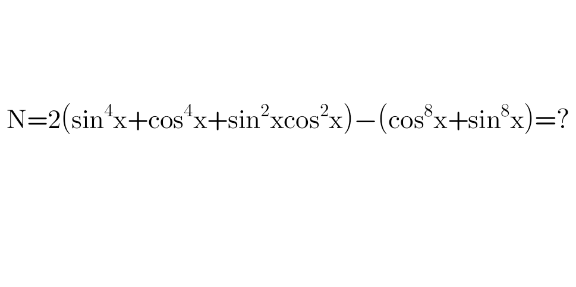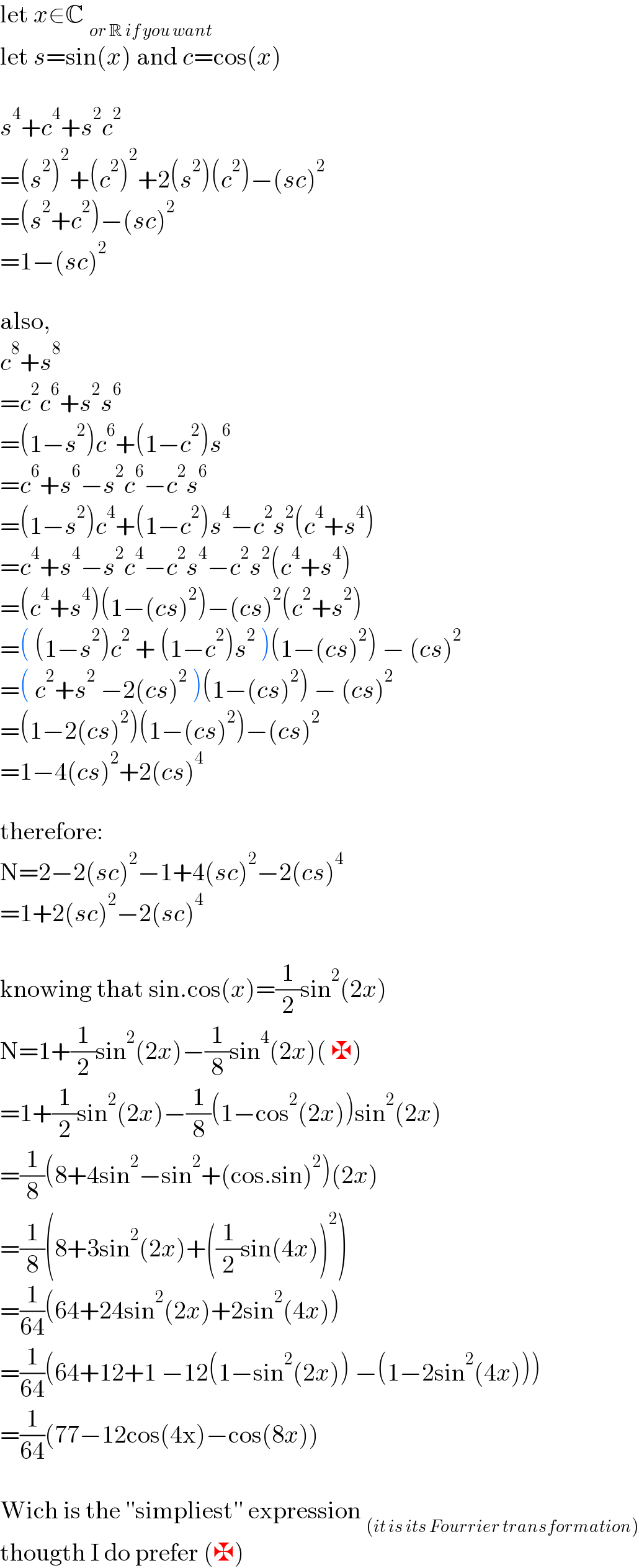
Question and Answers Forum
Question Number 143635 by SOMEDAVONG last updated on 16/Jun/21

Answered by TheHoneyCat last updated on 16/Jun/21

| ||
Question and Answers Forum | ||
Question Number 143635 by SOMEDAVONG last updated on 16/Jun/21 | ||
 | ||
Answered by TheHoneyCat last updated on 16/Jun/21 | ||
 | ||
| ||